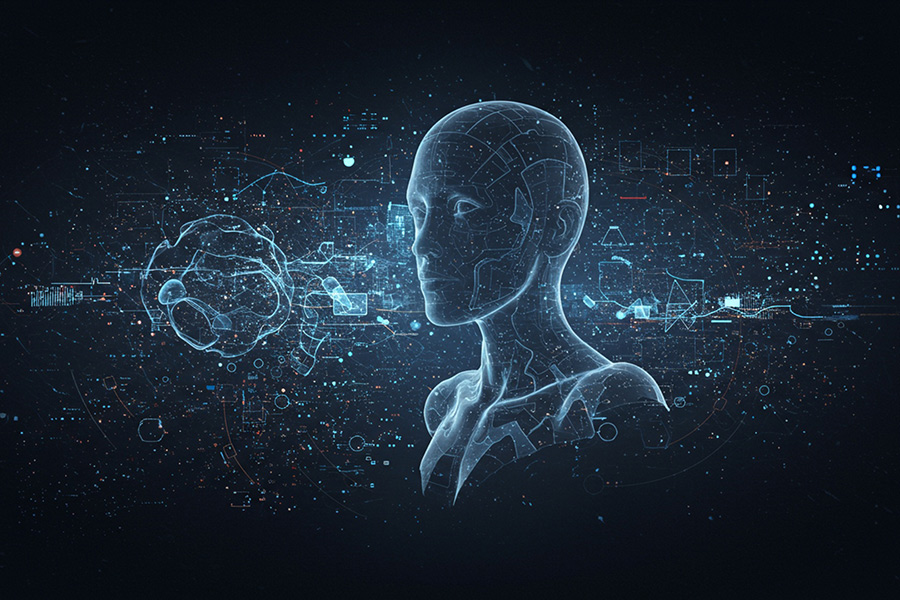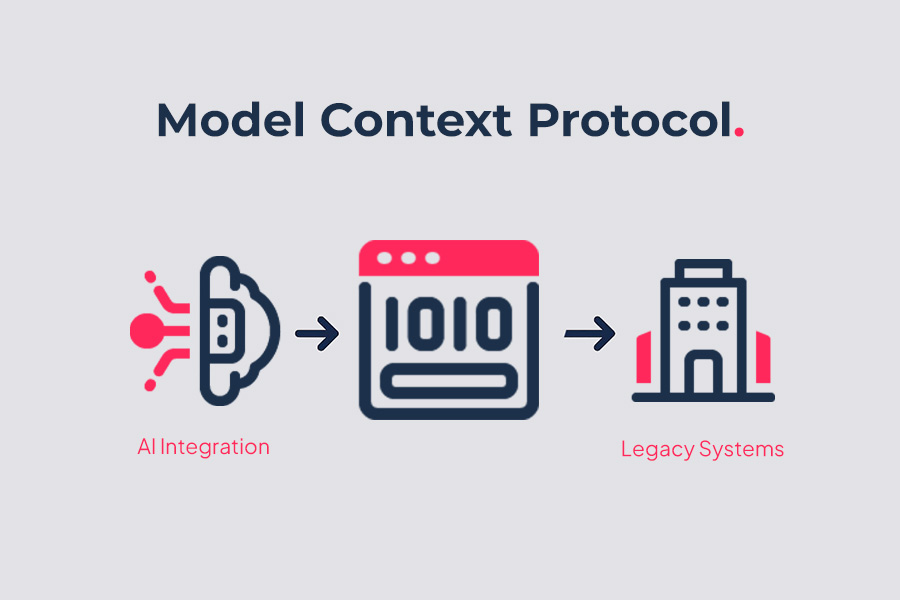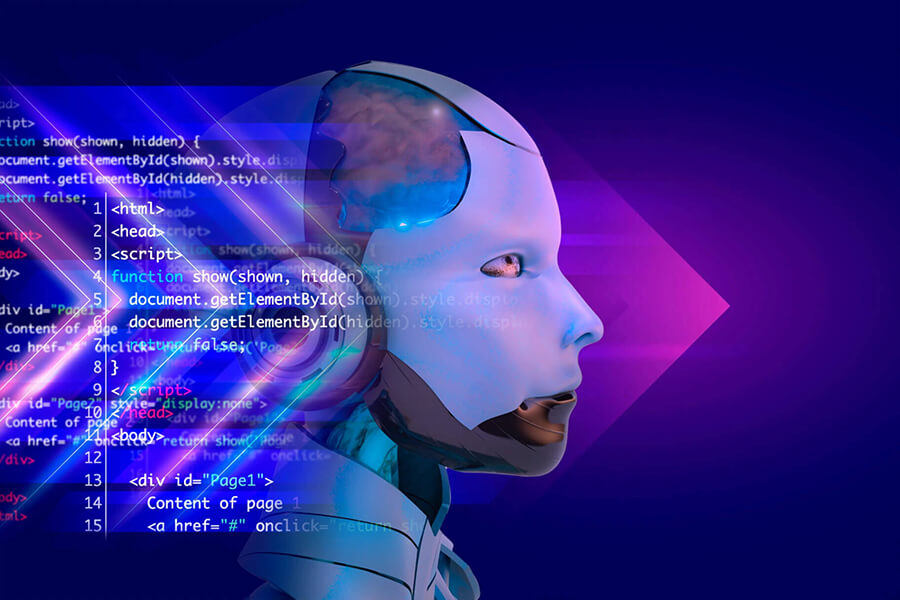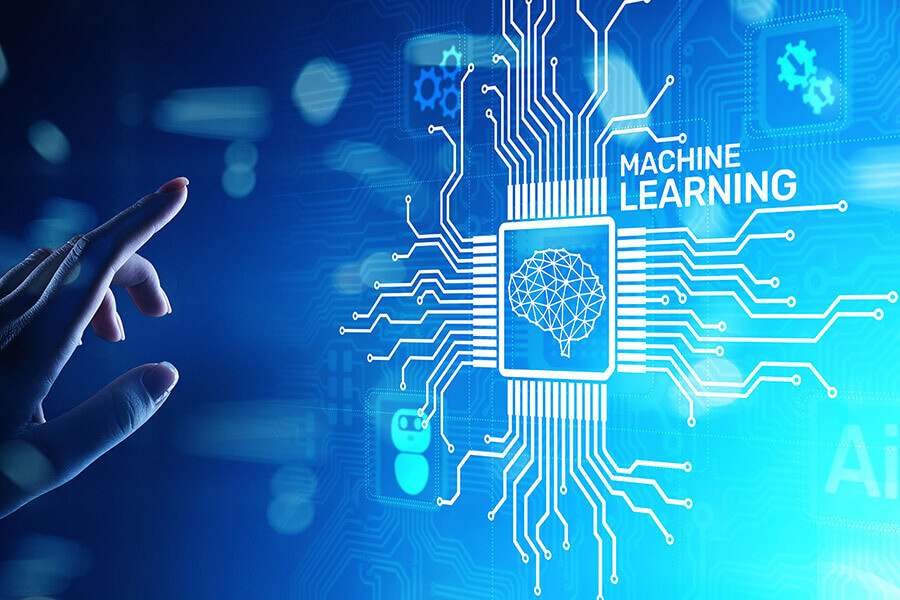The Future of Interaction: Invisible Experiences Reshaping Digital Design
Technology is evolving beyond screens, buttons, and apps toward a future where digital interactions become nearly invisible. The next era of human-technology interaction will prioritize seamless experiences that anticipate user needs and operate quietly in the background, requiring minimal conscious effort from users. This shift represents a fundamental change from interface-driven design to outcome-focused experiences.
Voice assistants, predictive algorithms, and ambient computing already demonstrate how technology can fade into the background while enhancing daily life. Users no longer need to actively search for information or navigate complex menus, as systems can now predict their needs and deliver relevant responses automatically.
The transition to invisible experiences presents both significant opportunities and design challenges. Understanding how to create these seamless interactions while maintaining user control and trust will define the success of future digital products and services.
Invisible Experiences: The Next Era of Human-Technology Interaction
Invisible experiences represent a fundamental shift where technology seamlessly integrates into daily activities without requiring conscious interaction with traditional interfaces. These systems rely on natural communication methods, such as voice commands, gestures, and environmental sensors, to create intuitive digital experiences.
Core Principles of Invisible Experiences
Invisible experiences operate on three fundamental principles that distinguish them from traditional technology interactions.
- Anticipatory functionality enables systems to predict user needs before explicit requests are made.
- Context awareness forms the second principle. Technology continuously monitors environmental factors, user behavior patterns, and situational cues to deliver relevant responses without manual input.
- The third principle centers on seamless integration with physical environments. Users interact with digital systems through natural movements and speech rather than dedicated hardware interfaces.
These principles work together to eliminate friction between human intention and technological execution. The user experience becomes more intuitive as systems respond to natural human communication patterns.
Transparency ensures users maintain control while technology operates in the background. Systems provide value without demanding attention or requiring specialized knowledge to operate effectively.
Zero UI: Redefining the User Interface
Zero UI eliminates traditional visual interfaces in favor of natural interaction methods. This approach removes screens, buttons, and menus from the user experience equation.
Gesture-based interfaces enable touchless interactions through hand movements and body positioning. Users control devices through intuitive physical motions rather than learned interface conventions.
Haptic feedback creates tactile responses without visible interface elements. This technology provides confirmation and guidance through touch sensations that feel natural to users.
Voice recognition systems process spoken commands and respond through audio feedback. Users communicate with devices using conversational language instead of specific command structures.
The goal involves making human-computer interaction feel like interpersonal communication. Zero UI reduces cognitive load by matching technology responses to human communication instincts.
Environmental sensors detect user presence and context automatically. These systems activate appropriate functions without requiring deliberate user interface engagement from individuals.
How Invisible Interfaces Boost User Experience
Invisible interfaces improve user experience by reducing cognitive overhead associated with traditional technology interaction. Users focus on accomplishing tasks rather than navigating complex interface systems.
Natural interaction patterns align with existing human communication behaviors. People use familiar methods, such as speaking, pointing, and moving, to control technology functions.
Response times decrease significantly when systems anticipate user needs. Proactive assistance appears before users recognize they require help with specific tasks.
Error rates decline as interfaces adapt to individual user patterns and preferences. Machine learning algorithms adjust system responses based on observed behavior and feedback.
Accessibility improves significantly for users with physical limitations or limited technical experience. Natural communication methods require no specialized training or physical dexterity.
Multitasking becomes more efficient when technology operates without demanding visual attention. Users complete multiple activities simultaneously while receiving appropriate technological support.
The Role of Voice, Gestures, and Sensors in Interaction
Voice commands serve as the primary communication channel in invisible experience systems. Natural language processing interprets conversational speech patterns and responds appropriately to user intentions.
Smart speakers and voice assistants demonstrate early implementations of voice-driven invisible experiences. These devices respond to spoken requests without requiring screen interaction or manual input.
Gesture recognition technology tracks hand movements and body positioning to control digital functions. Users point, wave, or move to activate specific system responses naturally.
Augmented reality systems combine gesture control with visual overlays for enhanced interaction capabilities. AR environments respond to physical movements while providing contextual information through transparent displays.
Environmental sensors continuously monitor room conditions, user presence, and activity patterns. These systems gather contextual data to inform automated technological responses.
Wearable sensors track biometric data and physical activity to provide personalized system responses. Technology adapts to individual user states and preferences through continuous monitoring.
Neural sensors represent the next frontier in invisible interaction technology. These devices detect brain activity patterns to enable direct thought-based system control.
Opportunities and Challenges in Designing Invisible Experiences
Invisible experiences present unique design opportunities through AI-driven personalization and seamless automation, while simultaneously creating challenges around accessibility balance and maintaining user trust without visible interfaces.
Personalization Through AI and Machine Learning
AI and machine learning enable invisible systems to adapt to individual user patterns and preferences without explicit input. Intelligent assistants, such as Google Assistant and Alexa, learn from voice interactions, location data, and usage patterns to anticipate user needs.
Machine learning algorithms analyze behavioral data to predict when users might need specific services. A smart home system learns daily routines and automatically adjusts lighting, temperature, and music.
Contextual intelligence allows systems to understand situational needs. Weather data, calendar events, and location information combine to trigger relevant actions without user commands.
Automation becomes more sophisticated through continuous learning. Systems refine their responses based on user feedback, creating increasingly personalized experiences that feel natural rather than programmed.
Balancing Accessibility and Cognitive Load
Invisible interfaces create accessibility opportunities by removing visual barriers and supporting voice, gesture, and ambient interactions. Users with visual impairments benefit from voice-first experiences that don’t rely on screen navigation.
Cognitive load reduction occurs when systems handle complex tasks automatically. Users avoid decision fatigue when smart systems make routine choices based on established preferences.
However, invisible systems can increase cognitive burden when users lose track of system states or available actions. Without visual feedback, people struggle to understand what options exist or how to modify automated behaviors.
Design challenges include providing appropriate feedback without cluttering the experience. Users need confirmation of system actions while maintaining the seamless feel of invisible interaction.
Privacy, Transparency, and User Trust in Invisible Systems
User trust becomes critical when systems operate without visible interfaces or clear data collection indicators. People must trust that invisible systems handle personal information appropriately without constant visual reminders of data usage.
Transparency challenges arise when users cannot see what data systems collect or how algorithms make decisions. Traditional privacy indicators, such as permission dialogs, don’t work well in voice or ambient interfaces.
Building trust requires clear communication about system capabilities and limitations. Users need to understand when systems are listening, what data gets stored, and how to control automated behaviors.
Privacy by design becomes essential in invisible systems. Default settings must protect user data while enabling functionality, and users need simple methods to adjust privacy controls without complex interface navigation.
Conclusion
The rise of invisible experiences marks a turning point in how we design and interact with technology. As interfaces disappear and systems become more intuitive, users will increasingly expect technology to work effortlessly in the background, anticipating needs without demanding attention. This shift doesn’t just streamline interactions—it fundamentally transforms the role of design, moving from creating interfaces to orchestrating intelligent, context-aware experiences.
Yet, with this opportunity comes the responsibility to maintain user trust and control. Designers and developers must ensure that these seamless interactions remain transparent, ethical, and user-centric, so the technology enhances life rather than intruding on it. Striking this balance will be the key challenge in shaping the next generation of digital experiences.
Ultimately, the future of interaction isn’t about technology taking center stage—it’s about it stepping aside. By making digital experiences nearly invisible, we can create a world where technology empowers users quietly and effectively, allowing them to focus on what truly matters.






